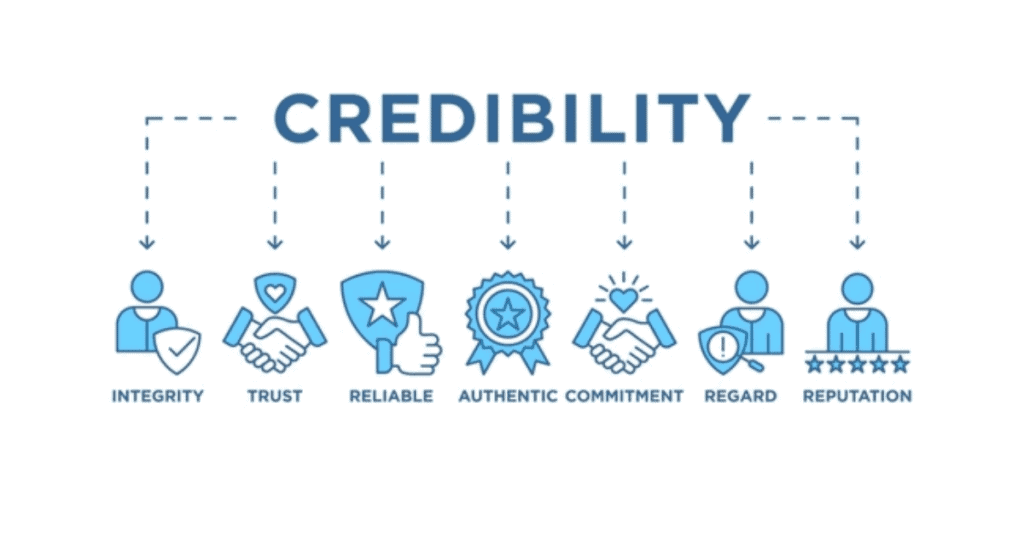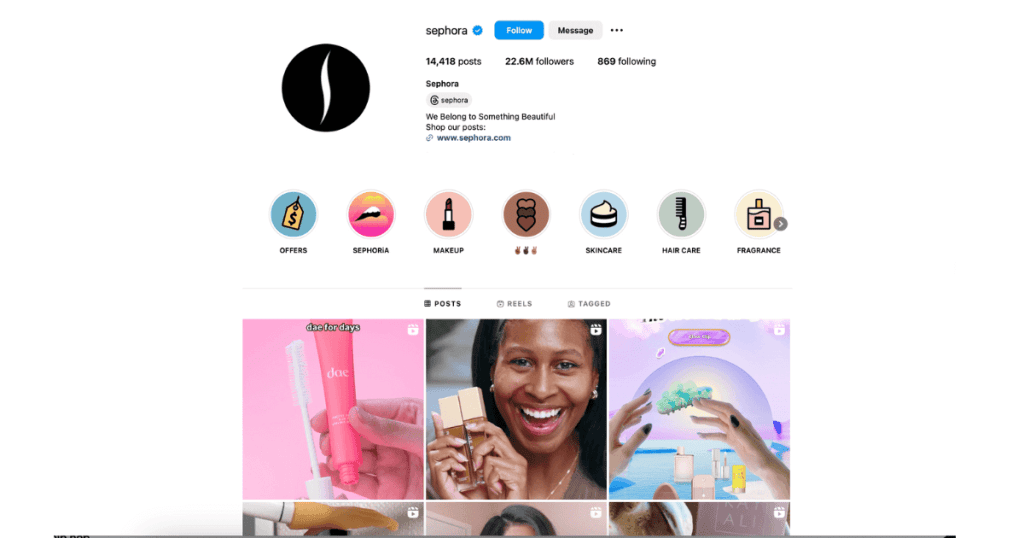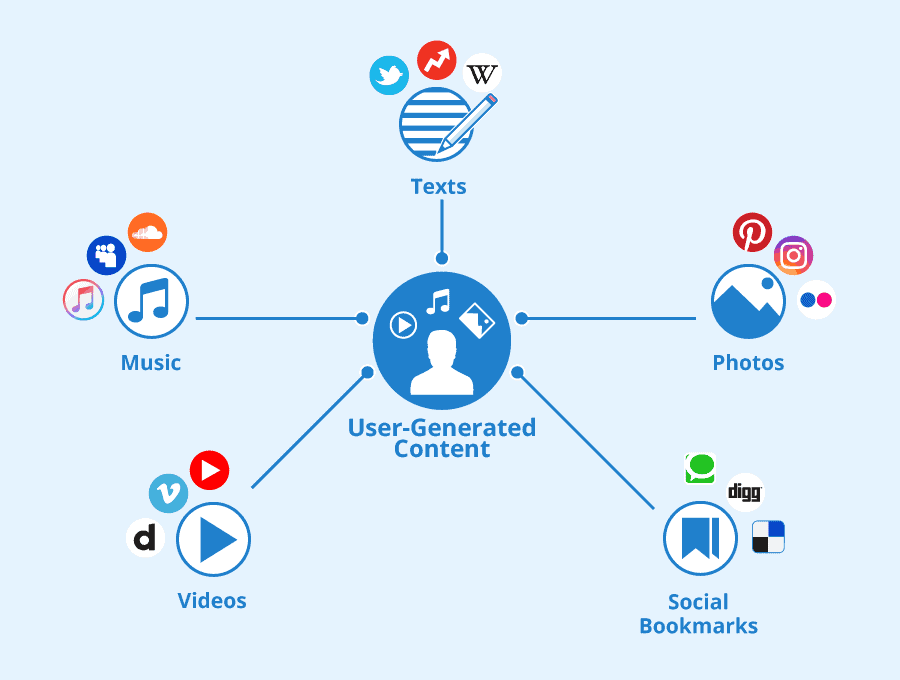Building trust and credibility for a brand across social media platforms can make all the difference in a world where everyone is vying for attention online. But how do you stand out in the crowd of influencers, brands, and businesses? The answer lies in consistently showing up as authentic, dependable, and aligned with your audience’s values.
No matter where you are on your journey—whether you’re just starting out or already have a well-established presence—your reputation matters. It’s not about flashy campaigns or one-time interactions; it’s about building real, lasting connections. In this article, we’ll explore 10 effective strategies that can help you cultivate trust, foster loyalty, and elevate your brand’s credibility on Instagram, YouTube, Spotify, and beyond. Let’s dive into how you can start nurturing a reputation that speaks volumes.
What is Brand Credibility and Why Does It Matter?
Credibility, at its core, is about being trustworthy, reliable, and authentic. It’s the feeling your audience gets when they believe in your brand, feel confident in your promises, and trust that you’ll deliver what you say. In a world flooded with choices, credibility is what makes people want to engage with you, follow your content, and support your brand.

How To Build Credibility Across Social Media Platforms?
1. Understand Your Audience Deeply
When it comes to building credibility across social media platforms, understanding your audience is key. The more you know about who they are, what they care about, and how they interact with content, the better equipped you’ll be to create genuine, engaging posts that resonate with them and build trust.
Start by identifying the platforms your audience uses most and what kind of content they engage with. Are they on Instagram, YouTube, or Spotify? Do they prefer videos, podcasts, or interactive posts? Understanding these preferences allows you to tailor your approach, creating content that feels relevant and personal.
One powerful tool to help you get a clear picture of your audience is a buyer persona—a detailed profile of your ideal customer. This persona should include their interests, behaviors, demographics, and the challenges they face, giving you valuable insights into how your brand can best meet their needs.
You can also dive into social media metrics and analytics tools like Google Analytics to track key data points such as age, location, interests, and engagement patterns. These insights will help you spot trends, refine your approach, and ensure you’re speaking directly to your audience in a way that feels authentic. Additionally, practices like social listening and online reputation management can reveal how your audience is talking about your brand, offering even deeper insights into their attitudes and behaviors. The more you understand your audience, the better you’ll be at building credibility and trust with them.
2. Connect with Your Audience
Building trust on social media is all about how you engage with your audience. Every post should encourage your followers to do something—whether that’s liking a photo, dropping a comment, watching a video, or clicking on a link. The more interaction you get, the stronger the connection with your audience.
Take note of which posts get the most reactions and which ones don’t seem to hit the mark. This will help you figure out what your audience likes and where you should focus your energy.
One easy way to get people involved is by giving them a simple action to take. Maybe ask them to vote in a poll on your Instagram story or leave a question for an upcoming Q&A. These little actions help get your audience used to interacting with your posts.

Plus, you’ll learn a lot from their responses. Asking questions like “Which do you like better?” or “What’s your favorite?” can give you insights into what your audience loves. This helps you create content and products they’ll actually enjoy, making your brand feel more relatable and building credibility along the way.
5. Plan Your Social Media Content
A well-organized social media posting calendar is a game-changer for maintaining consistency and staying on top of your content. By planning your posts across all platforms, you ensure that your content is not only timely but also relevant to your audience. A calendar helps you map out seasonal content, special promotions, or holiday-themed posts well in advance, so you’re never scrambling at the last minute.







